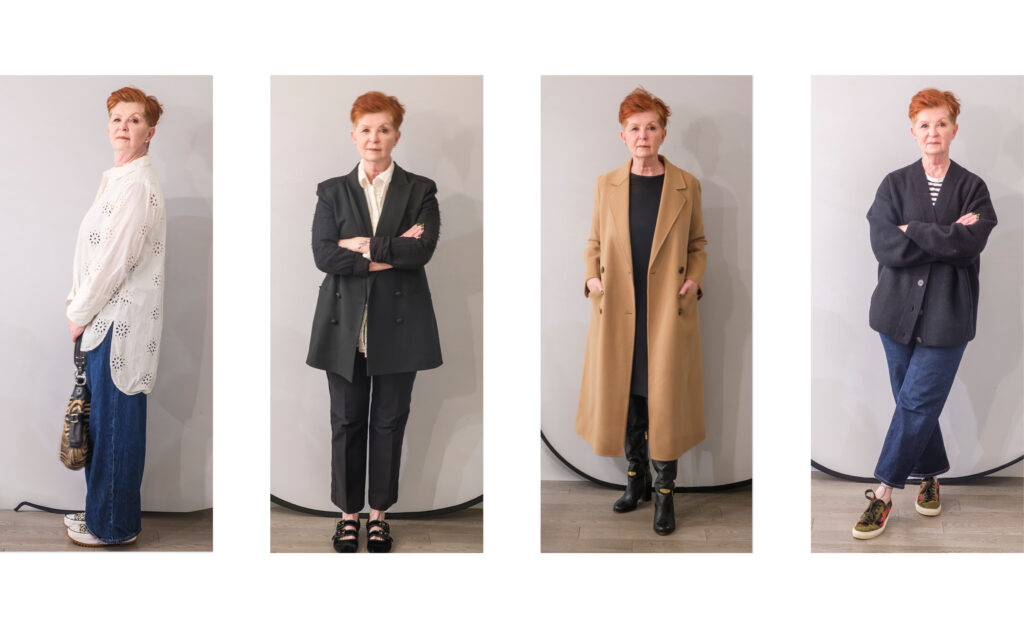– by Steve Sakiyama –
During my younger, wilder years I had the brilliant idea of driving mom’s blue convertible with the roof down during a beautiful, calm starry night. Sounds good, except it was January in Northern Ontario when the temperature was a balmy three zillion degrees below zero.
I bundled up and quietly slipped out, then opened the car door and slid onto the ice-cold vinyl seat. With a “scruunnnnck” the car groaned to life. The top creaked as it slowly opened and flipped down while I turned the heater to max in some bizarre attempt to keep warm. As the car got up to speed the dashboard lights glared “are you kidding me?”
The air was … um … bracing. I hunched lower into the seat as my scarf flailed wildly in the buffeting wind.
After the initial shock I began to enjoy the benefits that come with an open convertible. The vista of the night sky enveloped me as the car sailed along, immersed in an incredible starry panorama. The experience was like a nature documentary narrated by the resonant voice of Morgan Freeman: “Steve and the emperor penguins clamber onto the desolate Antarctic ice to begin their arduous journey in the most inhospitable place on earth …” Fortunately my survival instincts led me back to the warm glow of home.
Speaking of the warm glow of home, at this time of year it’s nice to feel the touch of sun after the outbreaks of cold air and thick fog we experienced this past winter. “Steve, why so dense and persistent?” people asked – referring to the fog, not me (I think). With more glimpses of the sun people ask a new question: why is the sky blue?
Most of the sun’s energy that we receive is visible as white light and is comprised of a variety of wavelengths. If the wavelengths are separated we see them as a spectrum of colours (when sunlight goes through a prism for example). Short wavelength light includes violet, blue and green, whereas longer wavelength light includes yellow, orange and red.
As sunlight moves through the atmosphere, air molecules scatter the short wavelength light in all directions more than the long wavelength light. On a clear day this shortwave scattered light (the violet, blue and green) is picked up by our eyes from all directions. Since our eyes are more sensitive to blue than violet or green, the sky looks blue.
So will March bring blue skies and warmth? For the Victoria region the March-April outlook points to a greater chance of near normal temperatures, so expect an average month for warmth. For precipitation the road ahead is not as clear as the outlook has no preference toward wetter or drier conditions.
Whatever the weather, this month get out and enjoy the emergence of light and natural beauty. Last year there were three-quarters of a billion flowers counted during the annual blossom count. Wow. Makes me feel like driving around in an open convertible immersed in a panorama of colour that fills our sky and landscape. And I won’t even turn on the heat.
~ Weatherwit.
Questions or comments? Visit weatherwit.wordpress.com or email weatherwit@gmail.com.




